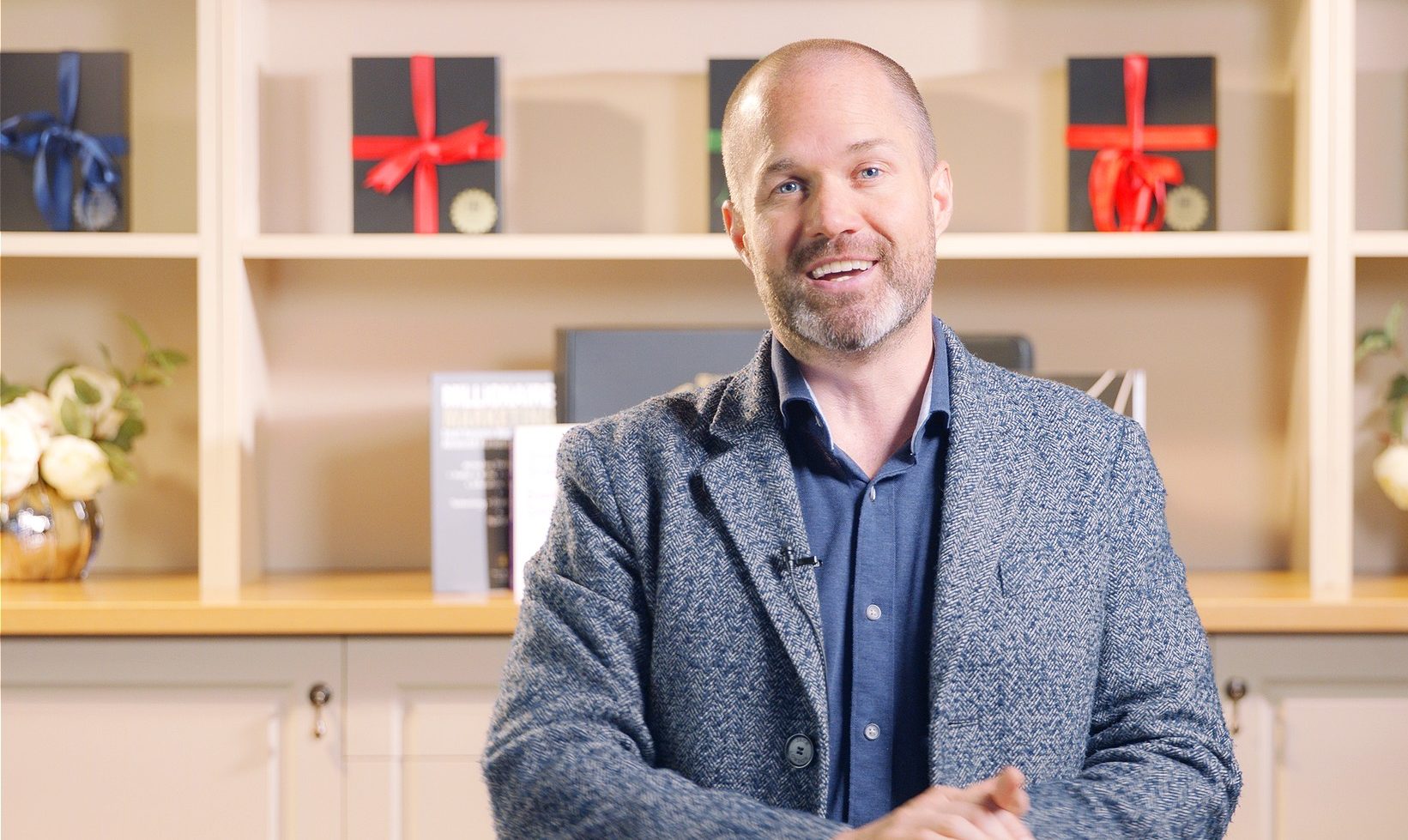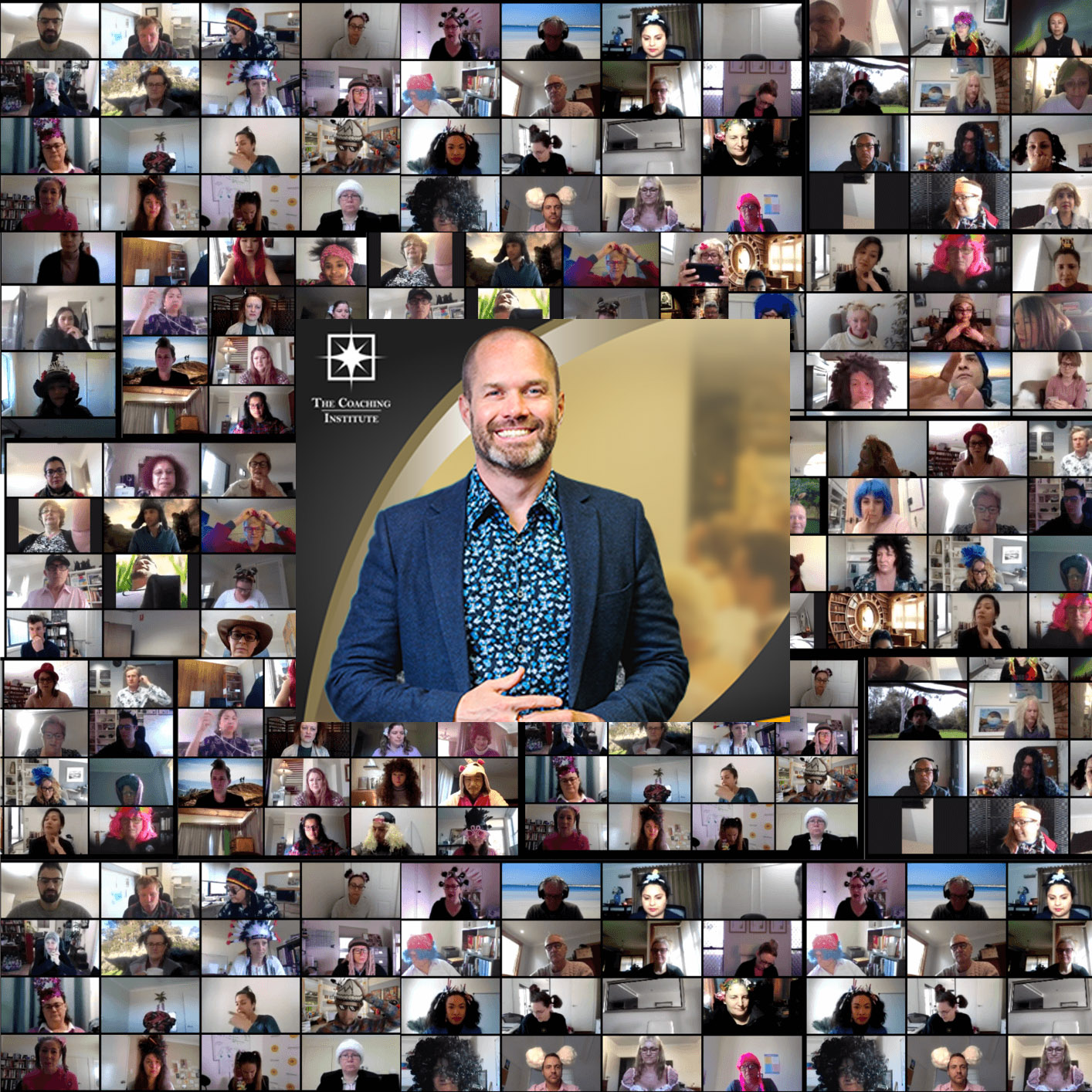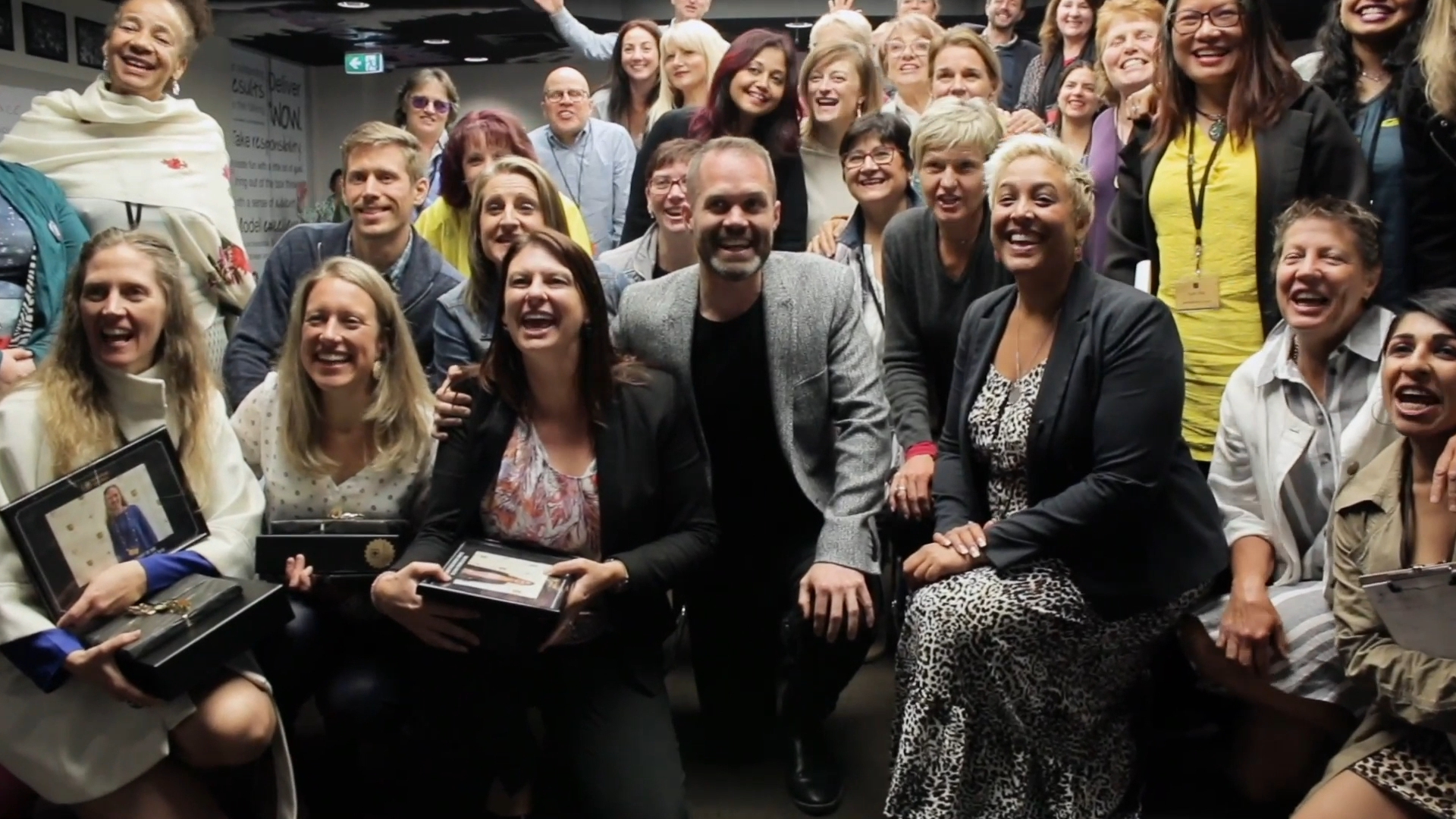If you want to project your voice, you do not need to shout or tighten and squeeze your diaphragm forcefully. Just release your sound by creating space in your throat and by learning to feel and create vibrations that are resonating. The diaphragm will then naturally release air to your vocal cords as you sing and speak. Air and muscle working together at the right amount of ratio is what makes your voice sound healthy.
Also bending from waist down as you sing or speak will help you feel a loosening vibration, which will in turn, give you that feeling of vocal release. Once you stand upright you can then duplicate that same sensation of the resonance to project your voice.
In essence, as a speaker and singer you want to bounce your voice out of your mouth, not yell and force it out. This is achieved by having a lower and stable larynx and by using vowels that are shaped a particular way that encourage resonance.
Voice lessons will teach you how to increase your resonance and project your voice in a healthy way.















